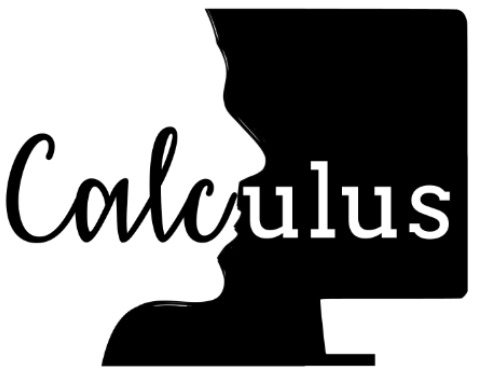
Practitioners often resort to off-the-shelf feature extractors such as language models (e.g., BERT or Glove) for text or pre-trained CNNs for images. These features are often used without further supervision in tasks such as text or image retrieval and semantic similarity with cosine-based semantic match. Although cosine similarity is sensitive to centering and other feature transforms, their impact on task performance has not been systematically studied. Prior studies are limited to a single domain (e.g., bilingual embeddings) and one data modality (text). Here, we systematically study the effect of simple feature transforms (e.g., standardizing) in 25 datasets with 6 tasks covering semantic similarity and text and image retrieval. We further back up our claims in ad-hoc laboratory experiments. We include 15 (8 image + 7 text) embeddings, covering the state-of-the-art models. Our second goal is to determine whether the common practice of defaulting to the cosine similarity is empirically supported. Our findings reveal that: (i) some feature transforms provide solid improvements, suggesting their default adoption; (ii) cosine similarity fares better than Euclidean similarity, thus backing up standard practices. Ultimately, our takeaways provide actionable advice for practitioners.
| Publication Date: | April 2021 |
| Booktitle: | Advances in Information Retrieval |
| Doi: | https://doi.org/10.1007/978-3-030-72113-8_7 |
| Pages: | 98--114 |
| URL: | https://link.springer.com/chapter/10.1007/978-3-030-72113-8_7 |